Circular Economy Initiatives
The push towards a circular economy is a significant driver for the li ion-battery-recycling market in Europe. The European Union has been actively promoting circular economy principles, which emphasize the importance of reusing and recycling materials to minimize waste. This paradigm shift encourages manufacturers to design products with end-of-life considerations in mind, including the recyclability of batteries. As companies align their strategies with circular economy goals, the demand for effective recycling solutions is expected to rise. The li ion-battery-recycling market is likely to benefit from this trend, as businesses seek to recover valuable materials and reduce their environmental impact. The integration of circular economy practices into business models may also lead to new partnerships and collaborations within the recycling ecosystem.
Rising Environmental Concerns
Growing environmental concerns among consumers and businesses are driving the li ion-battery-recycling market in Europe. As awareness of the environmental impact of battery waste increases, there is a heightened demand for sustainable disposal methods. The European Union has set ambitious targets for waste reduction and resource recovery, which include stringent regulations on battery disposal. This regulatory landscape compels manufacturers to adopt recycling practices to comply with environmental standards. Furthermore, public pressure for corporate responsibility is prompting companies to invest in sustainable practices, including battery recycling. The market is expected to expand as stakeholders recognize the importance of minimizing ecological footprints and promoting sustainable resource management.
Government Incentives and Subsidies
Government incentives and subsidies play a crucial role in promoting the li ion-battery-recycling market in Europe. Various European governments have introduced financial support mechanisms to encourage recycling initiatives and the development of recycling facilities. For instance, the European Commission has proposed funding programs aimed at enhancing battery recycling technologies and infrastructure. These initiatives not only lower the operational costs for recycling companies but also stimulate investment in the sector. As a result, the market is likely to witness increased participation from both established players and new entrants. The financial backing provided by governments can lead to a more robust recycling ecosystem, ultimately contributing to the circular economy and reducing reliance on virgin materials.
Increasing Demand for Electric Vehicles
The rising demand for electric vehicles (EVs) in Europe is a pivotal driver for the li ion-battery-recycling market. As the European Union aims to reduce greenhouse gas emissions, the adoption of EVs is projected to increase significantly. By 2030, it is estimated that EV sales could account for over 30% of total vehicle sales in Europe. This surge in EV usage leads to a corresponding increase in the volume of spent li ion batteries, necessitating efficient recycling solutions. The li ion-battery-recycling market is thus positioned to benefit from this trend, as manufacturers and consumers alike seek sustainable methods to manage battery waste and recover valuable materials. The potential for recovering critical metals such as lithium, cobalt, and nickel from recycled batteries further enhances the economic viability of this market.
Technological Advancements in Recycling Processes
Technological advancements in recycling processes are significantly influencing the li ion-battery-recycling market. Innovations in hydrometallurgical and pyrometallurgical methods are enhancing the efficiency and effectiveness of battery recycling. These technologies enable the recovery of a higher percentage of valuable materials from spent batteries, thereby improving the economic feasibility of recycling operations. As research and development continue to progress, new methods are likely to emerge, further optimizing the recycling process. The integration of automation and artificial intelligence in recycling facilities is also expected to streamline operations, reduce costs, and increase throughput. Consequently, these advancements may attract more investment into the recycling sector, fostering growth in the li ion-battery-recycling market.



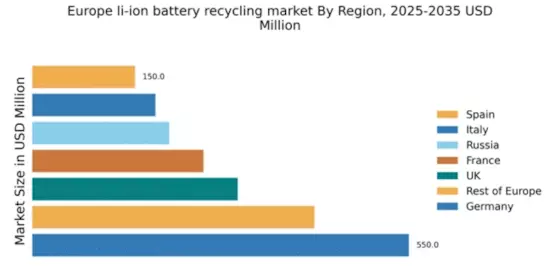
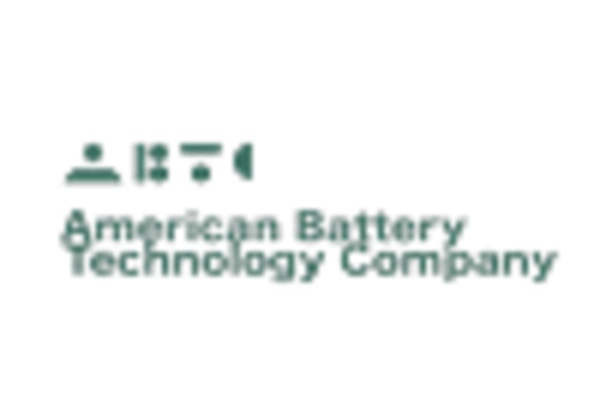
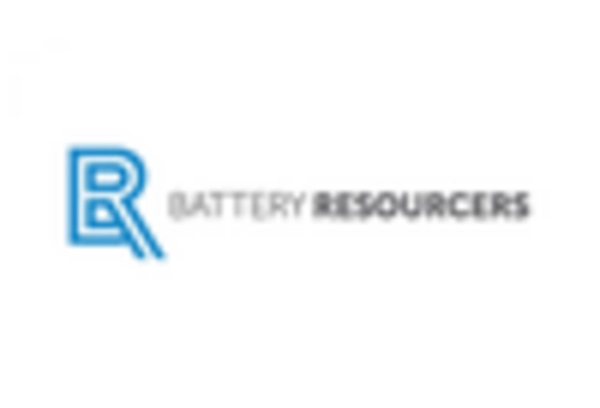
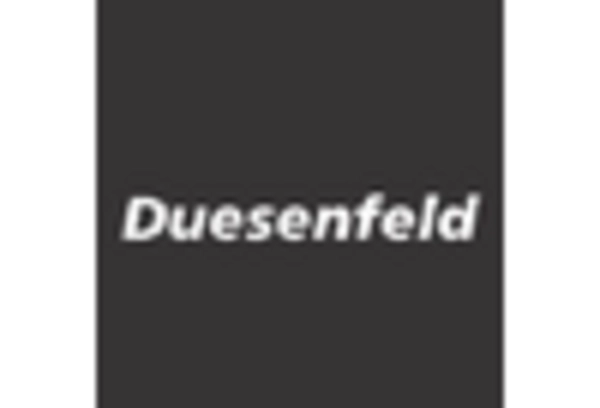
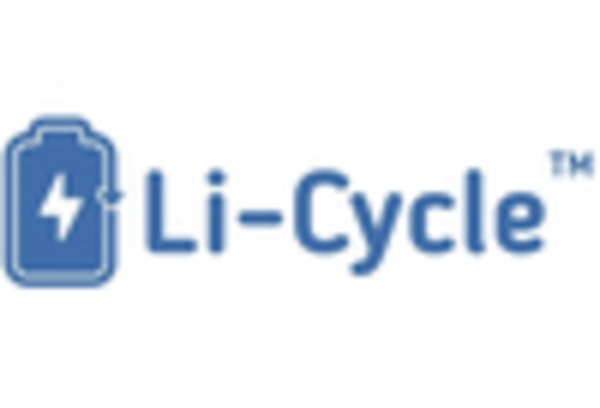
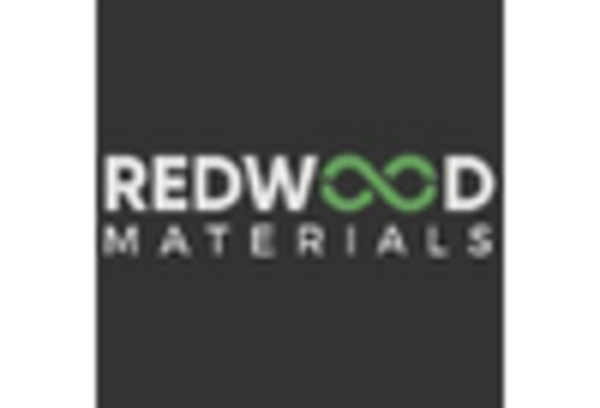
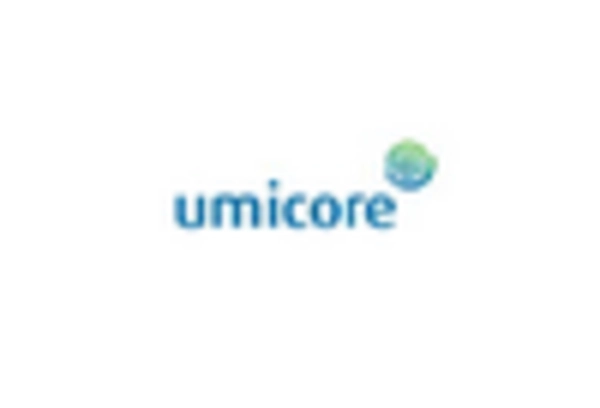








Leave a Comment